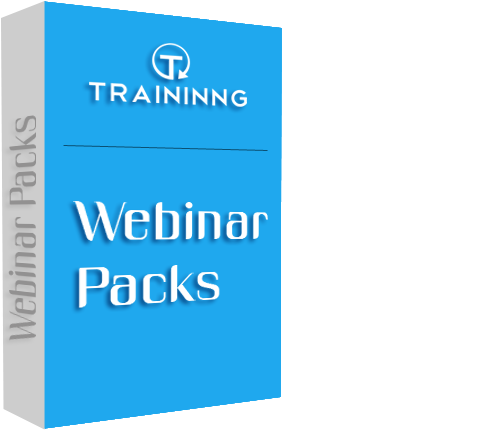
Product Id: 400006
Webinar Packs Access recorded version unlimited viewing for 6 months. (For Customize Webinar Packs Please Call Customer Care)
This webinar will cover the latest updates for Form 1099-MISC, specific reporting requirements for various types of payments and payees, filing requirements, withholding requirements and reporting guidelines.
It will cover filing due dates including the accelerated due dates for 1099-MISC Forms with an entry in box 7, and the safe harbor requirements for de minimis dollar amount errors.
It will cover penalty provisions due diligence procedures, and exceptions to penalties including reasonable cause, common errors, and correction of errors.
Employer federal income tax withholding is intended to collect, throughout the year, the approximate the amount of the employee's tax for the year. The wage bracket and percentage methods are the primary methods for computing the amount to withhold, but sometimes they just don't seem to get the right result.
When supplemental wages are added to the equation, the prescribed aggregate method and optional flat rate method frequently result in too much or too little withholding. Payroll professionals sometimes experience a flood of revised W-4 Forms just before and after scheduled bonus payments. This creates additional work and opportunities for mistakes for the payroll department and may not affect the withholding in the way the employee expected.
In this webinar you will learn
Accounts payable is not only responsible for control of cash paid by the business, but also handles sensitive vendor information such as tax ID numbers. Adequate internal control is an essential element of accounts payable operations. Controls serve to protect company assets including company reputation through protection of sensitive information and processes.
Controls provide assurance that company records are accurate and complete. They monitor compliance with company policy and compliance with legal and contractual obligations and measure progress toward achievement of organizational objectives. In addition controls can result in cost savings through assessment and improvement of operational efficiency as well as the prevention, detection and mitigation of errors and fraud.